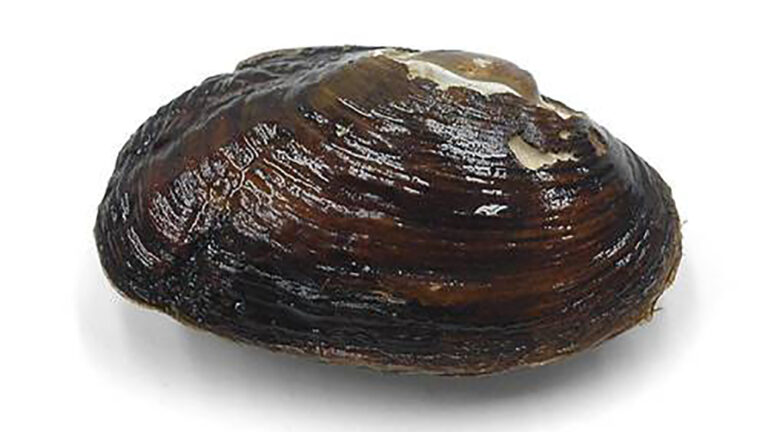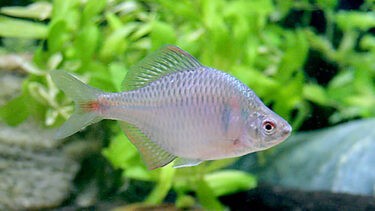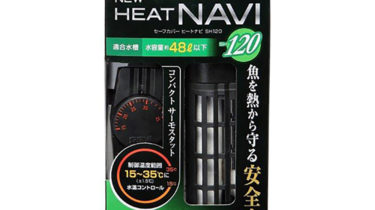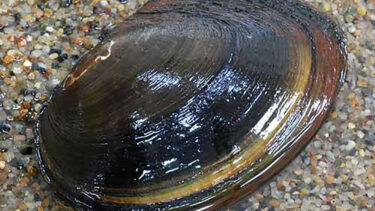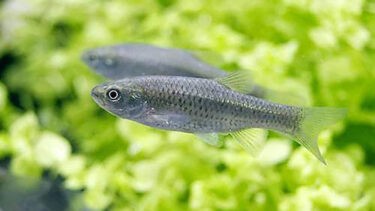The Matsucasa mussel is a bivalve with a thick black or dark brown shell. It is a member of the mussel family Matsucasidae and is found in the lower reaches of rivers and irrigation canals in the plains of Japan, excluding Okinawa and Hokkaido, where the water quality is good and the bottom is sandy and muddy. They are a species of bivalve with thick black or dark brown shells. In this article, I would like to explain in detail the characteristics of the pine cone shell and how to keep it.
What is the Pine cone shell?
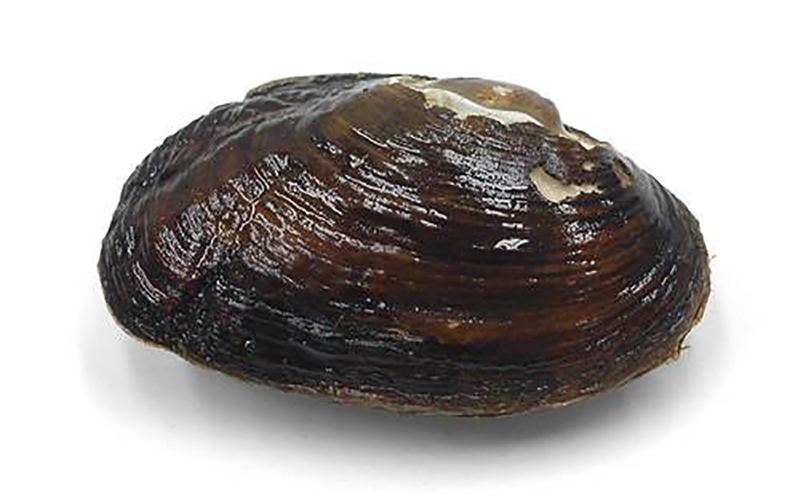
The pine cone shell is a bivalve mollusk that belongs to the family of mussels in the family Mytilidae, the mussel family. The pine cone shell can be found throughout Japan except Okinawa and Hokkaido. Their habitat is often found in the lower reaches of rivers and irrigation canals on the plains, where the current is slow and the bottom is sandy and muddy, and the water quality is good.The pine cone shell is a quasi-endangered species in some locations. The pine cone shell has a bumpy, pine cone-like pattern on its surface. The inside of the shell is characterized by a pearly sheen. The surface color of the shell has a thick black/dark brown shell, with some parts of the shell appearing white or golden. That will be the result of scraping when the matsucasa mussel dives into the sand. Many people keep matsucasa mussels for spawning bitterlings.
The Nippon baratanago is a river fish with a bright rainbow-colored body color. It is an endangered species in some places. In this article, we will discuss the characteristics of the Nipponbaratanago and how to keep them [...].
The Tairiku rose tanago is native to southern China, Taiwan, and the Korean Peninsula in East Asia and belongs to the family Carpidae of the order Carpidae, and is a river fish with bright rainbow body colors. It is also currently listed as an "Invasive Alien Species Requiring Attention" by the Ministry of the Environment. In this article, we will discuss the Tairiku Bara-Tanago [...].
The catfish belongs to the family of the catfishes of the order Catlocidae, which inhabits Japan, China, the Korean Peninsula, and Taiwan in East Asia. It is a river fish with a large, flat head and a broad mouth characterized by a long mustache. The tanigawa catfish belongs to a species endemic to Japan. In this article, we will discuss the [...].
How to keep Pine cone shells
Pine cone shells are an easy species to keep if you know how to keep them. The lifespan of the pine cone shell is approximately 10 to 15 years. Their body size is about 7 to 8 cm. However, both lifespan and body size vary depending on the environment in which they are kept and the food they are fed. They prefer slightly alkaline to neutral water quality, with a pH of 7.0 to 8.0. They can live in water temperatures between 10-25℃.
A heater is a device that maintains a constant water temperature. If you go to a specialty store that carries heaters, you will find a wide variety of types. Some people may be at a loss as to which one to choose. In this article, we would like to explain about such heaters [...]
Points to keep in mind when mixing swimmers
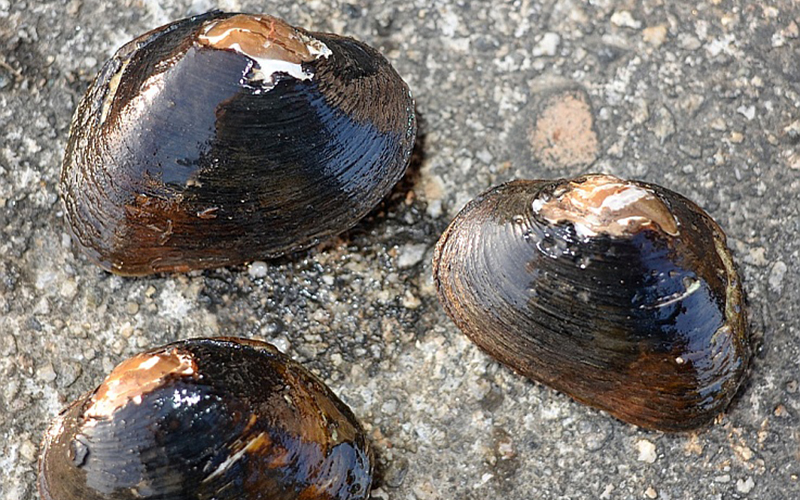
First of all, it is important to note that pine cone mussels are bivalve mollusks. While alive, bivalve mollusks help stabilize water quality, but once they die, the water quality will rapidly deteriorate. Therefore, when keeping a large number of bivalves, it is recommended to have a tank dedicated to bivalves. This is both a countermeasure in case they die and to create the optimal environment for each species, as the optimal environment for shellfish and the optimal environment for fish may differ.
Many people think that goldfish are the goldfish that you see at fairs and festivals in the summer, and that there are many different kinds of goldfish. And it is no exaggeration to say that each type of goldfish has its own characteristics, and that is the best part about goldfish [...]
When you go to a specialty store to look at killifish, you will be surprised at the many varieties available. The prices are different, as are the body colors and patterns, so it is hard to know what to choose. So, in this article, I would like to explain in detail about the different types of medaka. Types of Medaka Scarlet Medaka [...].
Points about spawning
Many people who keep pine cone shells want to breed them. However, there are very few examples of breeding in general breeding environments, and the level of difficulty is high.The small mussels that develop and hatch in the gills of a fertilized female individual are released into the water. The newly hatched shellfish are parasitic on the fish and grow in a safe place.
Points to keep in mind when keeping pine cone shells

The pine cone mussel becomes a bivalve that is found in areas with slow currents, such as the lower reaches of rivers and irrigation canals on the plains. Some people keep them because they are used by bitterlings to spawn. Pine cone shells are sensitive to water quality, and care may be required when keeping them.Some people are confused about whether to add bottom sand or bottom stone when keeping pine cone mussels. It is better to have bottom sand and bottom stone, but they can be added without them. If you do, please make sure that the bottom sand and bottom stones cover about half of the mussel bed. If you are not sure whether or not to add bottom sand or bottom stone, do so if you want the mussels to live longer. This is because in nature, they live mostly on muddy bottoms. From the perspective of water changes and care, adding bottom sand and stones will require more time and effort. As for where to keep the Pine cone shells, it is recommended to keep them outdoors rather than indoors. This is because they need sunlight to produce phytoplankton, which is the food for the pine cone mussels. Many pine cone mussels die of starvation due to low or no food supply, so be careful to create an environment where food is always available. It is also important to keep plants such as water plants and algae in the environment. If you are interested in the pine cone shell, we recommend that you take a look at them at a specialty store.
Motsugo is a river fish of the carp family, Carpidae, in East Asia, and is found in Japan, China, Taiwan, and the Korean Peninsula. The Shinai motsugo and the bullhead motsugo are endangered species. In this issue, we will discuss the [...].
The mussel is a bivalve mollusk of the family Mytilidae, which lives in the sandy and pebbly bottom of the middle reaches of rivers in Honshu, Shikoku, and Kyushu, Japan, and is characterized by its long, thick shell with a pearly luster on the inside. The mussel is endangered in some places [...].
Dobu mussels are found in East Asia in Japan, China, the Korean Peninsula, and Taiwan. They have thin green to black shells that often crack spontaneously as they dry out. Many people keep the Dobu mussels as a spawning ground for the bitterlings [...].

